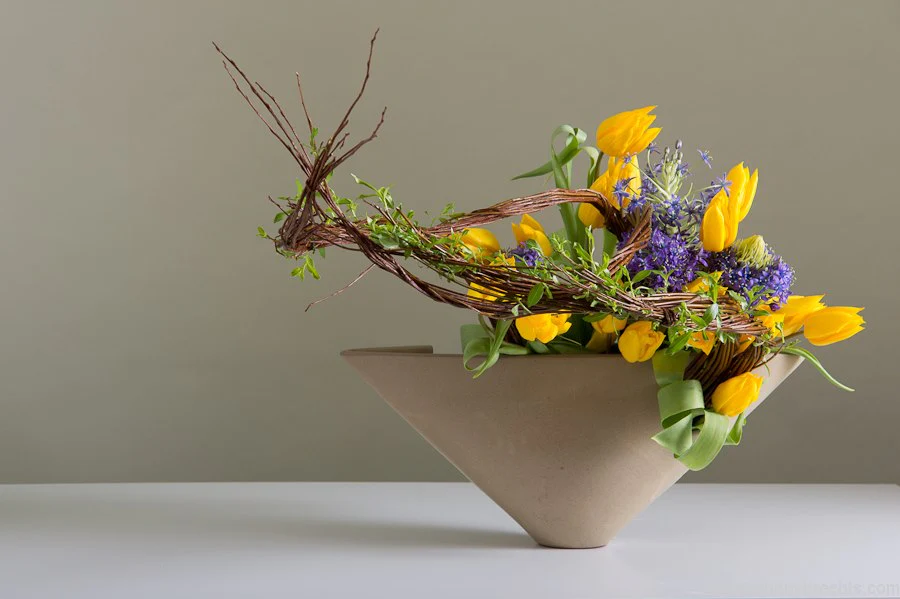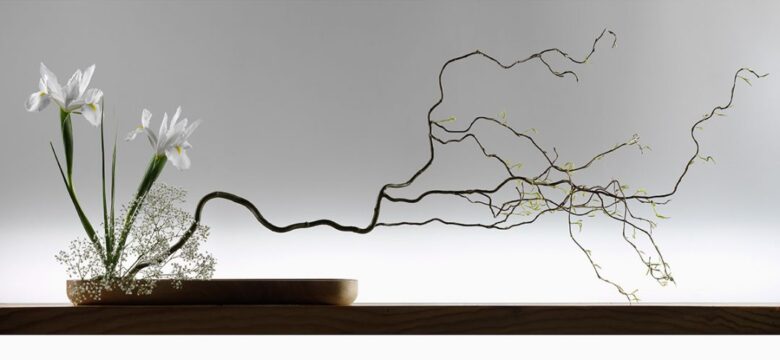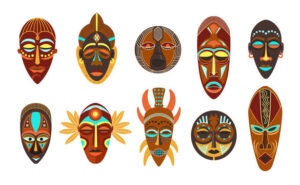Firstly, Japan’s traditional and graceful form of flower arrangement is known as Japanese Ikebana.
Second, people create stunning floral displays with their own hands, leading to an art form that deeply admires them.
Moreover, Ikebana reflects Japan’s culture and values, showcasing the beauty of simplicity and harmony.
Likewise, skilled practitioners arrange flowers and other natural elements in a balanced and elegant manner in Ikebana.
The focus is not just on the flowers themselves, but also on the space between them, creating a sense of harmony and tranquility in the arrangement.
Ikebana has many different styles, each with its unique characteristics.
One popular style, “Ikenobo,” is the oldest and most traditional form of Ikebana.
Another style, “Sogetsu,” allows for more creativity and uses a wider variety of materials.
In Ikebana, practitioners use simple and essential tools.
They employ a sharp cutting tool to trim the stems of the flowers.
Moreover, a shallow and elegant container, known as a “kenzan” or “flower frog,” is used to hold the flowers in place.
Keep reading about, Japanese Ikebana:
These tools assist the artist in creating the desired shape and structure of the arrangement.
Ikebana involves more than just arranging flowers; it entails expressing emotions and ideas through nature. Each arrangement holds a meaning and represents something.
For example, a tall and slender arrangement may symbolize strength and grace, while a low and round one may represent unity and peace.
Creating Ikebana is a meditative and mindful process.
Artists take their time to carefully select each element and place them with intention.
They consider the color, shape, and texture of each flower, as well as the overall balance of the arrangement.
Ikebana shares a deep connection with Japanese culture and spirituality. Traditional Japanese homes often practice it, and it plays a vital role in ceremonies and festivals.
It serves as a means for people to connect with nature and find inner peace.
Moreover, Ikebana is not limited to Japan; it is also practiced around the world.
People from different cultures and backgrounds appreciate the art of Ikebana and learn to create their arrangements. It has become a symbol of beauty and grace in the global artistic community.
In conclusion, Japanese Ikebana is a captivating and meaningful art form that embodies the essence of Japan’s culture and values.
It allows people to connect with nature, express emotions, and find peace in the beauty of simplicity.
Ikebana possesses a timeless appeal that continues to inspire and enchant people worldwide.




